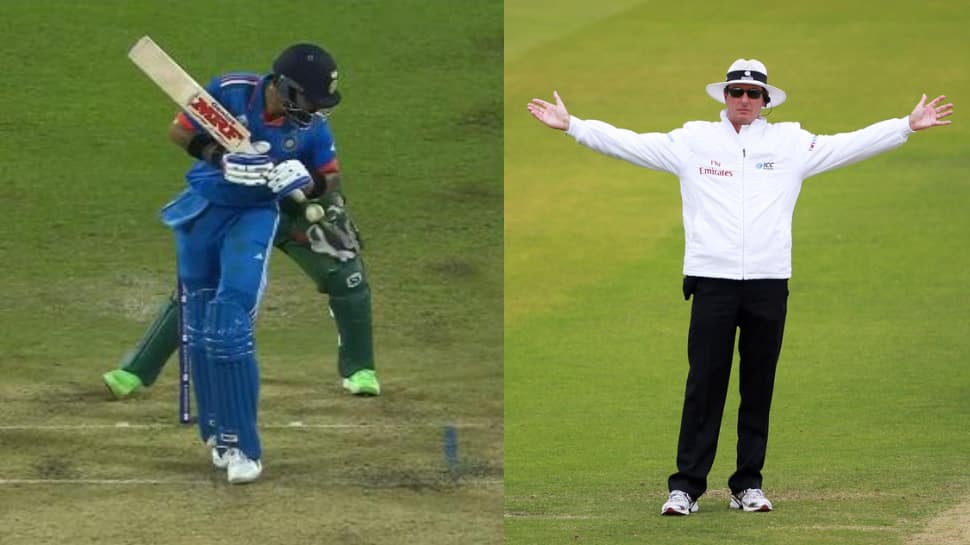In modern limited-overs cricket, the contest between bat and ball often hinges on fine margins and one of the most debated has been the wide-ball rule. Bowlers have long argued that batters gain an unfair edge by shuffling across the crease, forcing marginal deliveries to be called wide. Now, the ICC is set to trial a new interpretation designed to restore some balance, giving bowlers a fixed point of reference for wides, rather than chasing the batter’s moving position.
The Key Change
From October, the ICC will introduce a six-month trial in ODIs and T20Is, adjusting how leg-side wides are judged. Under the new rule, the batter’s leg position at the point of delivery becomes the reference. If a delivery passes between the leg stump and the protected area marker at the popping crease, it will not be called a wide even if the batter had initially moved away from their original stance.
This removes the previous scenario where a batter could manipulate a wide call simply by moving across the crease. The protected area marker line will now be extended to the popping crease as a visual guide for umpires.
Current vs. New Interpretation
Old rule: If the ball passed wide of where the striker was standing (or had stood after the ball came into play), and it would have passed wide of the striker in a normal batting position, it was ruled a wide. Batter movements during delivery were considered.
New trial rule: The ball must pass outside the extended protected area marker to be called wide, irrespective of where the batter started before release only their position at delivery matters.
TNPL’s Early Experiment
A similar concept was tested in the Tamil Nadu Premier League (TNPL), using a three-point evaluation for wides:
Where was the batter standing at the point of release?
How close was the ball when it passed them?
How close was the ball to the stumps when it passed?
This trial led to a noticeable drop in wides:
2023: 319 wides
2024: 311 wides
2025: 275 wides
Interestingly, this did not lower run tallies in fact, total runs rose:
2023: 9,570 runs
2024: 9,659 runs
2025: 10,048 runs
Batters adapted by playing more leg-side shots like glances and flicks, which are rare in T20 cricket’s power-hitting era.
T Natarajan, champion with IDream Tiruppur Tamizhans, felt the change helps bowlers with control, especially in the death overs:
“The stump yorker comes into play with this rule. You get margin for error, and it puts doubt in the batter’s mind.”
Varun Chakravarthy, mystery spinner, agreed pacers gain more than spinners:
“For spinners, unless you’re bowling the yorker, there’s limited advantage. But pacers can mix up yorkers and bouncers without fearing wides.”
Impact on T20 Power-Hitting
Despite fears the rule would dampen six-hitting, TNPL data suggests otherwise:
2024: 418 sixes
2025: 463 sixes
Batters adjusted, making the contest between bat and ball sharper without reducing entertainment value.
Possible ODI & T20I Tactics
With the trial starting in October, several tactical shifts could emerge:
ODIs: Two new balls for the first 34 overs may encourage bowlers to swing the ball more aggressively without wide fears on the leg side.
Death overs: Reverse swing could return as a weapon.
Middle overs: Captains may set leg-side-heavy fields, as only four fielders are allowed outside the circle.
Batters’ Next Challenge
Modern limited-overs batting favours flat-batting over delicate leg-side work. To thrive under the new rule, players may need to revive traditional shots like the leg glance and flick adding a layer of skill development to the white-ball game.

